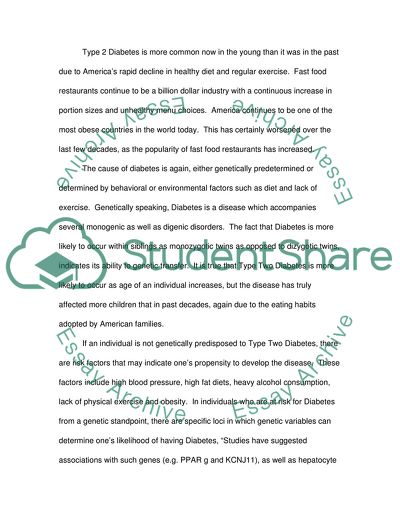Cite this document
(Type Two Diabetes, Why It Is a Disease of the Young Coursework, n.d.)
Type Two Diabetes, Why It Is a Disease of the Young Coursework. Retrieved from https://studentshare.org/health-sciences-medicine/1714161-pathophysiology-why-is-type-2-diabetes-a-disease-of-the-young
Type Two Diabetes, Why It Is a Disease of the Young Coursework. Retrieved from https://studentshare.org/health-sciences-medicine/1714161-pathophysiology-why-is-type-2-diabetes-a-disease-of-the-young
(Type Two Diabetes, Why It Is a Disease of the Young Coursework)
Type Two Diabetes, Why It Is a Disease of the Young Coursework. https://studentshare.org/health-sciences-medicine/1714161-pathophysiology-why-is-type-2-diabetes-a-disease-of-the-young.
Type Two Diabetes, Why It Is a Disease of the Young Coursework. https://studentshare.org/health-sciences-medicine/1714161-pathophysiology-why-is-type-2-diabetes-a-disease-of-the-young.
“Type Two Diabetes, Why It Is a Disease of the Young Coursework”. https://studentshare.org/health-sciences-medicine/1714161-pathophysiology-why-is-type-2-diabetes-a-disease-of-the-young.


